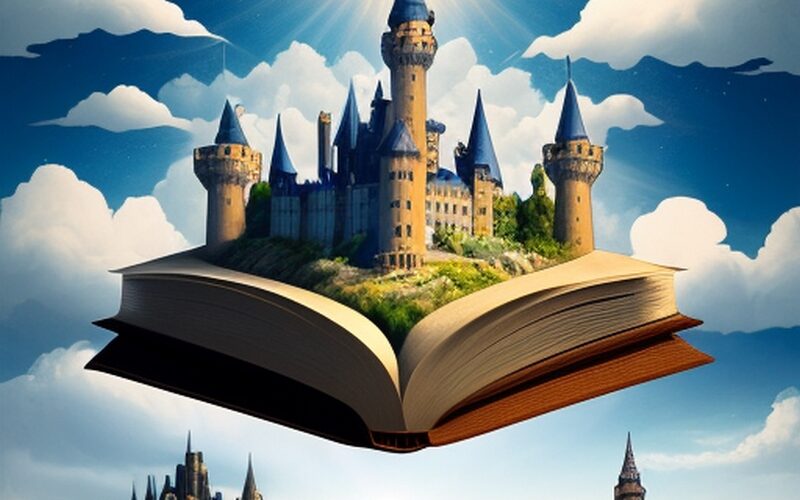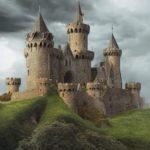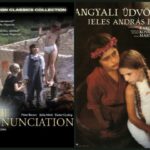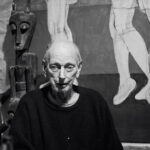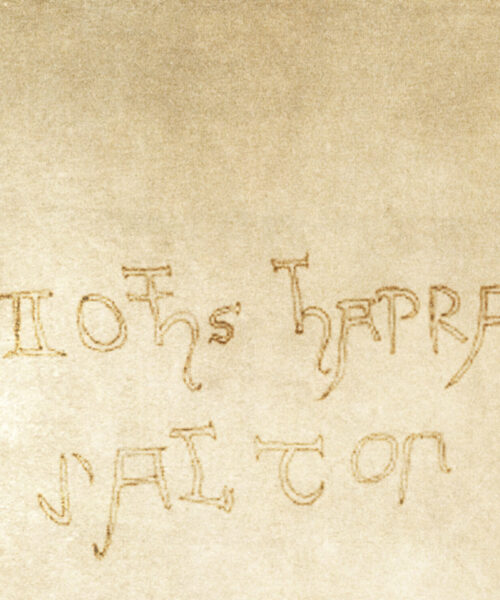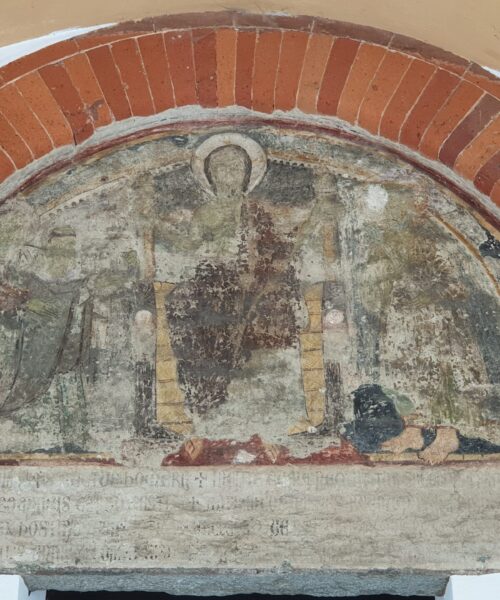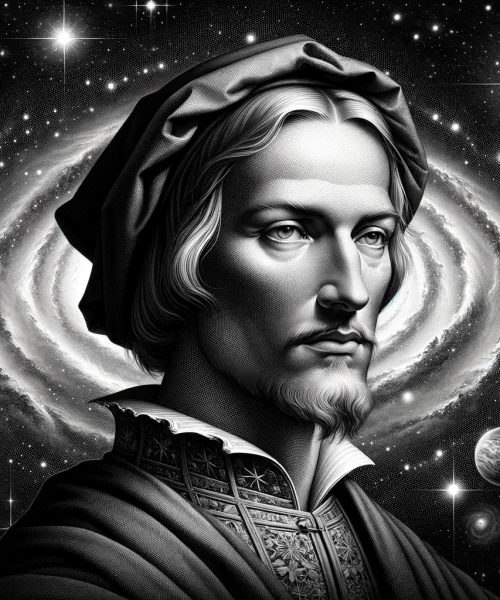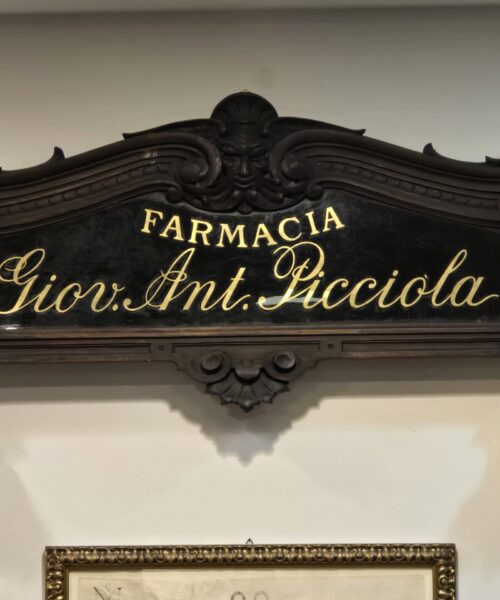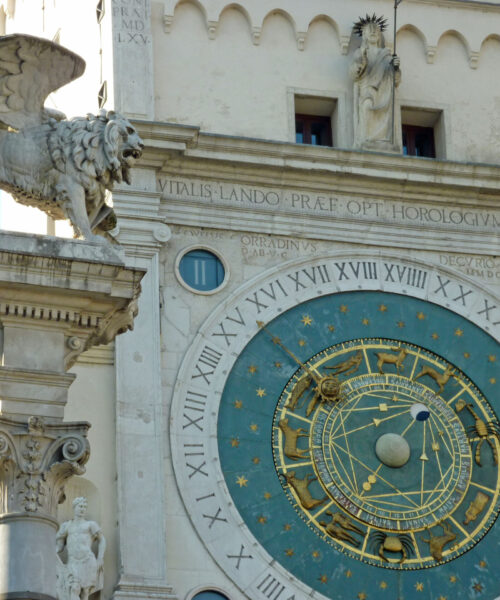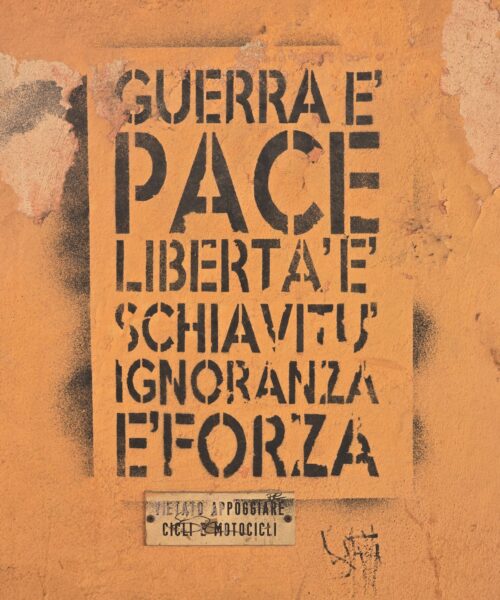When we think of “Harry Potter,” the magical universe crafted by J.K. Rowling, images of witches, wizards, fantastical creatures, and enchanted castles immediately flood our minds. Yet how often do we pause to reflect on how deeply these elements are embedded in our collective imagination, especially in terms of their influence by medieval culture and history? This is a voyage into the Harry Potter universe through the eyes of a medieval historian.
Let’s begin with the most iconic location of the saga: Hogwarts. This medieval castle, with its turrets, drawbridges, dungeons, and living portraits, conjures up images of European medieval castles—places of protection, power, and mystery. Moreover, the house system at Hogwarts—Gryffindor, Slytherin, Hufflepuff, and Ravenclaw—mirrors that of medieval guilds, groups that bound individuals together based on particular interests or qualities.
Dragons, key creatures in the saga, are a staple in medieval literature and folklore. These fearsome beasts, symbols of strength and power, are often depicted as adversaries to be vanquished in epic battles, just as in the Triwizard Tournament featured in “Harry Potter and the Goblet of Fire.”
The wizards themselves, adorned in flowing robes, pointy hats, and magical wands, echo the image of the quintessential medieval magician, a figure who blends the scientific and philosophical knowledge of the time with supernatural powers. Albus Dumbledore, with his long white beard, emulates the archetype of the wise, elderly wizard, a recurring figure in medieval stories.
The figure of the knight is invoked through the game of Quidditch, a kind of medieval tournament where players fly on broomsticks, summoning images of knights challenging each other in battles or jousts. Additionally, the character of Sir Cadogan, the portrait of a somewhat goofy but courageous knight, appears to draw inspiration from the tradition of medieval chivalric tales.
Even the narrative structure of Harry Potter parallels that of medieval sagas. Harry, like a typical medieval hero, must face a series of challenges to prove his worth and save the kingdom (or, in this case, the magical world). His journey is a true quest, a search for identity and truth that leads him to confront the forces of evil.
In conclusion, “Harry Potter” is much more than a mere series of young adult fantasy novels. It’s a rich tapestry of cultural and historical references that draw from the imaginative heritage of the Middle Ages, reinterpreting it in a modern context and making it accessible to readers of all ages. It serves as a perfect example of how literature can act as a bridge between past and present, between reality and fantasy.

